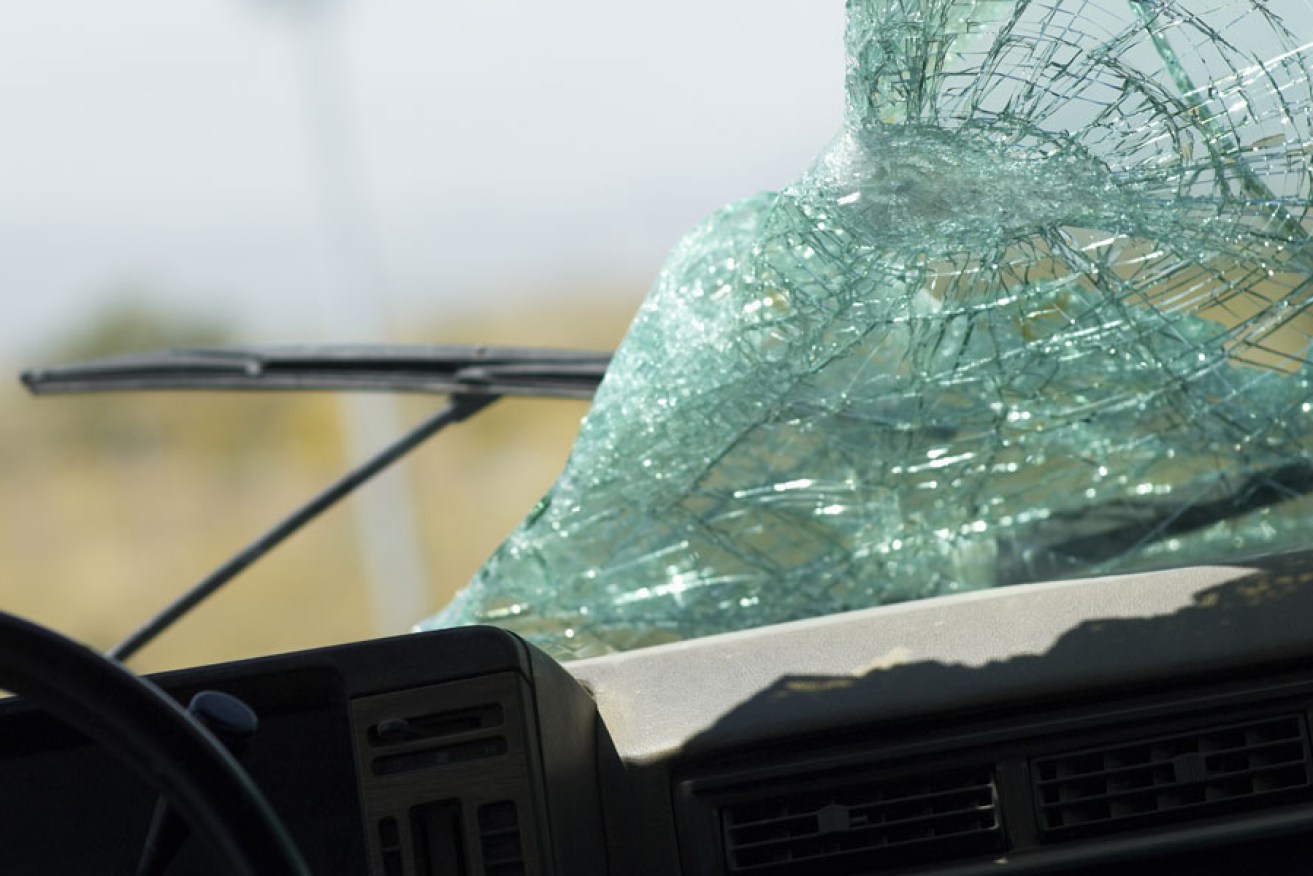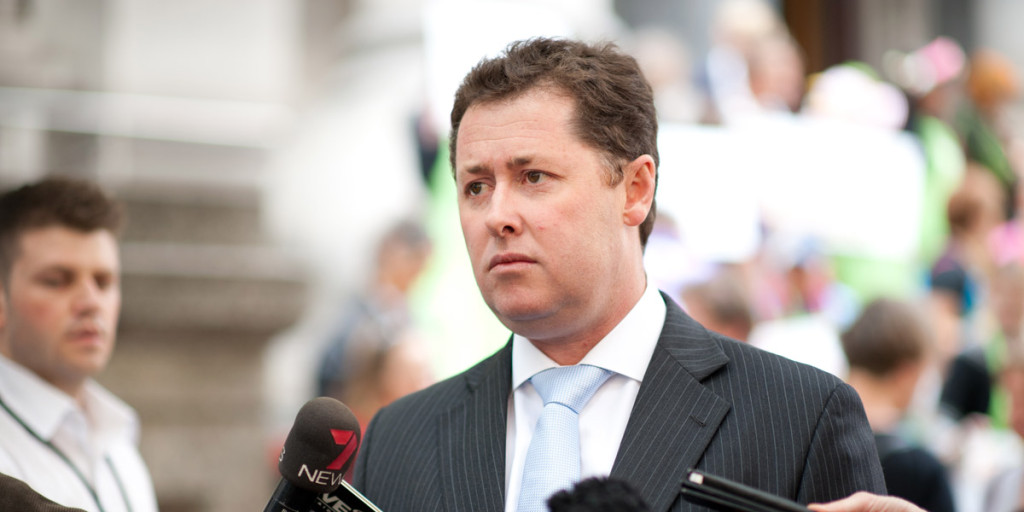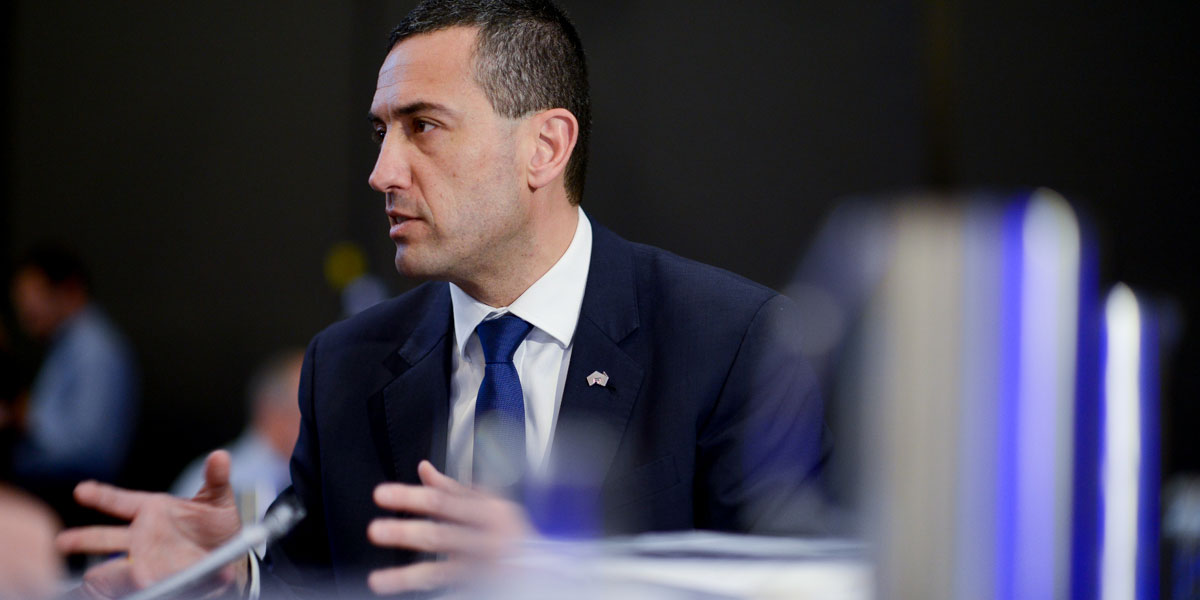Same injuries – different compensation


Your compensation will be very different depending on the circumstances of your car accident.
In 2013 entitlements for people injured in motor vehicle accidents in South Australia changed dramatically. The amendments were championed by then Treasurer Jack Snelling before ALP party machinations bequeathed him the health portfolio instead.
What ensued is an interesting and informative lesson on how policy and politics works with the current government in South Australia.
The reform was broken into two parts. The first was the establishment of the Lifetime Support Scheme (LSS) to compensate those who are ‘catastrophically’ injured in a motor vehicle accident. The purpose of the LSS was to provide compensation on a no fault basis for such people. So if you wrapped your car around a tree and suffered a catastrophic injury under the old scheme (because the accident was your fault) you would miss out on compensation. Under the reform you would receive the same lifetime support as the young mother catastrophically injured by a drunk driver.
The first point of interest is that the government in its literature never referred to accidents that were caused as a result of the motorist’s own fault knowing that many members of the public may take a view that if you are the author of your own misfortune then that ought to reflect in your entitlement to compensation. It was inconvenient to admit that an intoxicated person who injures themselves catastrophically and owing to their own negligence would have their every need met by the LSS. Instead the government relied on the relatively rare circumstance where the motor accident was caused by what the law calls ‘an act of God’ such as an animal colliding with a car. These examples are rare. The vast majority of motor accidents are caused through someone’s fault, but that was ignored by our government, as were many inconvenient truths.
The number of people catastrophically injured in SA per annum is about 15. Most of those people received compensation anyway under the ‘old’ scheme. Lawyers however never opposed the establishment of the LSS. Indeed, we welcomed it. We expressed some surprise that an entire bureaucracy was to be established to service so few people – two years in and the LSS has only 37 people in it. On the other hand governments of all persuasions are incredibly adept at establishing unnecessary bureaucracies, so perhaps our surprise was merely a sign of our naivety.
It was the second tranche of the reform that was the unbelievable part. The rest of the injured people, numbering many thousands per annum, had their entitlements reduced dramatically, often to nil. The government has never acknowledged what it did in that ‘reform’.
The then Treasurer had a well rehearsed routine whenever the truth of the government’s burnt earth approach was put to him. First, blame the lawyers. Second down play the severity of injuries and pretend what was being ‘reformed’ was only compensation for less serious (‘minor’) injuries, which was plainly untruthful given the ‘reform’ impacted every injury aside from those in the catastrophic layer. Third, concentrate on the Lifetime Support Scheme reform only, ignoring the balance of the ‘reform’. It is a routine continued by the current Treasurer, who only speaks of the LSS reform hoping the public fail to pick up on the balance of the ‘reform’ and what has been taken from them.
At first the tactic worked. No other interest group rallied to defend the old scheme. That was a lesson in itself and the reason why, for example, the RAA did not advise its members to oppose the reform remains intriguing. We shall all watch very carefully who ultimately tenders for the insurance work in this state when the scheme is privatised in 2016.
For all intents and purposes the government had appeared to have gotten away with it, but three inconvenient truths have occurred in the interim which mean that we should demand an immediate review of the scheme (a year before it is required under the Act courtesy of an amendment moved by Upper House member John Darley in 2013).
The first is the introduction of a Lifetime Support Scheme in neighbouring Western Australia. Whereas the South Australian government destroyed our old act scheme, Western Australia elegantly introduced its LSS over the top of its existing common law scheme, giving its electorate the best of both worlds. On reflection, the extent to which the South Australian reform was bungled becomes very clear. It was a ham fisted effort by the then Treasurer and is increasingly difficult for the current Treasurer to defend it, particularly when one takes into account the Western Australian reform.
There is something we can do. We have one year within which to decide whether the extent of the ‘reform’ can be undone.
Second, we have what looks like a comparatively elegant piece of reform in the Return to Work Act. Oh for John Rau when you need him most. There is little doubt the motor accident compensation scheme would have looked very different if someone who can actually manage decent legislative reform had carriage of it, such as our Deputy Premier. But it was not to be. The Return to Work Act though does show us what an industrial injury is worth when compared to one suffered in a motor accident. The difference is dramatic and stark. More of that in a moment.
Third, and perhaps most damaging to the government, is that we now have examples – people who have suffered injuries under the ‘new’ act and who have either missed out on compensation altogether or whose compensation is hopelessly inadequate. Just ask these people if they agree that their injuries are ‘minor’ as described by Mr Snelling and thus unworthy of proper compensation. I am certain the media will do exactly that.
A real life example provided by a colleague recently is a person who lost the sight in one eye in a motor accident in 2013. Under the government’s compensation scheme the lump sum payable for non-economic loss is calculated on the Injury Scales Value as between $18,000 and $22,000 dollars. Under the Return to Work Act the lump sum payable is $237,000. Yes you read correctly. If you are sitting in your car for work reasons and suffer this injury your lump sum compensation for non-economic loss is $237,000. If you are injured in your car going to church on a Sunday you receive about $20,000, just a small difference of over $200,000. For some reason Mr Snelling’s ‘minor’ injury isn’t so minor in the industrial context. I can’t imagine why!
To cap this all off one might ask oneself why we had this reform. Unlike the workers compensation system the motor accident scheme was in rude health. After all we have been gathering insurance subscriptions annually since the early 1970s when Don Dunstan in his wisdom created the scheme, and it has been managed conservatively and successfully by the Motor Accident Commission Board. So why did we mess with it?
Shortly after the last election the privatisation of the Motor Accident Commission was announced by the current Treasurer. With a straight face he told us that the ‘reform’ of the year earlier was entirely unrelated to the privatisation that followed in the 2014 state budget, only weeks after the government was re-elected.
Recent documents disclosed through Freedom of Information indicate this wasn’t the case. Detailed financial analysis pertaining to the privatisation was commissioned by the government some 12 months prior to its announcement at the very time the ‘reform’ was being enacted by the government. The ‘reform’ and privatisation were inextricably linked and the sale of the MAC was the game plan all along.
Worse still the sale could and should have been put to the people of South Australia prior to the 2014 election. In what can only be described as electoral dishonesty, the government made no mention of its plan at any point during the 2014 electoral campaign. In fact it asserted the complete opposite – that it would not to privatise any government essential services.
So your entitlement to compensation from motor accident will now be decided by a private insurer, the very system criticised by the Dunstan government and the reason for the establishment of our public insurer in the first place. What’s more, our purpose-built fund intended to compensate the injured will be plopped into general revenue by the government to shore up its teetering economic performance.
There is something we can do. We have one year within which to decide whether the extent of the ‘reform’ can be undone. The first step in that process is a statutory review into the scheme. It ought to be held now. By 1 July 2016 it will be too late to be meaningful as it coincides with privatisation of the scheme – a fact that could not have been known by Mr Darley in 2013.
I for one very much look forward to the government’s explanation as to why an industrially injured eye is worth more than 10 times that of an eye injured in motor accident. I am sure there will be adequate time for the government to start spinning this one to bamboozle the unfortunate electorate yet again. Or maybe not. Maybe it will just admit that the reform is a giant stuff up and wind it back. Lessons from Queensland show that compensation reforms by the Campbell Newman government are capable of reversal as that state begins its process of returning some fairness to its workers compensation scheme.
So on behalf of every victim of motor accident now and in the future, on behalf of every South Australian whose life is or may be impacted by the horror of accident and injury suffered on our roads, I ask the government to do the only right thing and order an immediate government review into this scheme.
It is not beyond redemption, and the voices of the victims ought to be heard.
Morry Bailes is managing partner at Tindall Gask Bentley Lawyers, Member of the Executive of the Law Council of Australia and immediate past President of the Law Society of SA. The opinions expressed in this column are his own.
His column appears every second Thursday.
Disclosure: Morry Bailes is a member of the Liberal Party.






